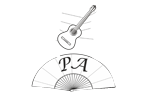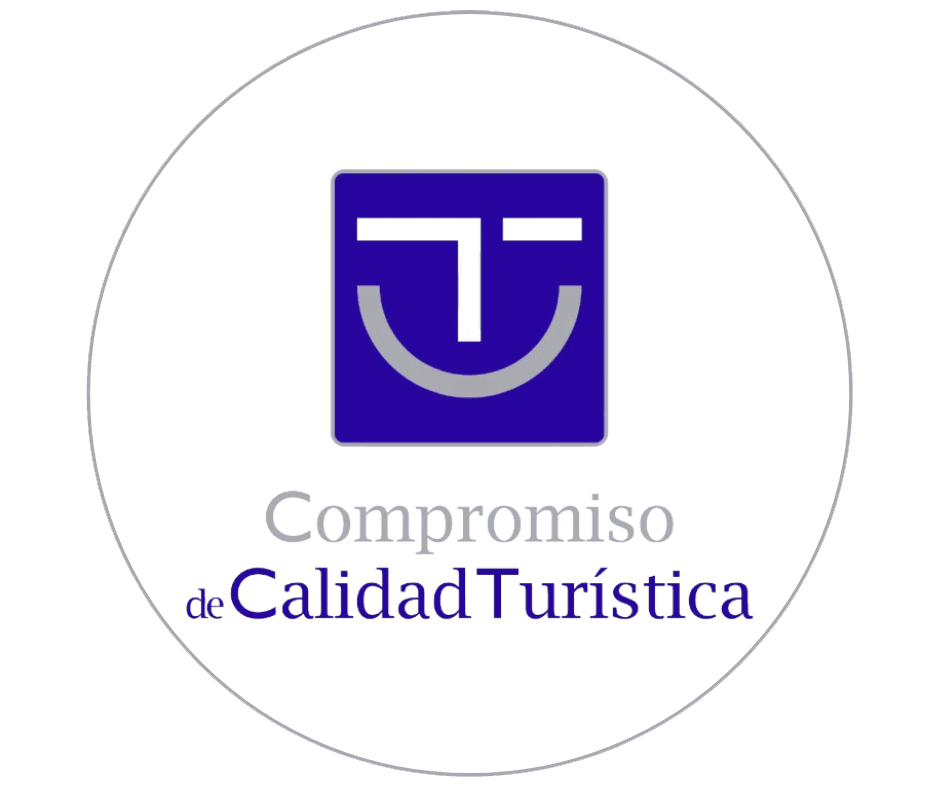The best flamenco show in Seville
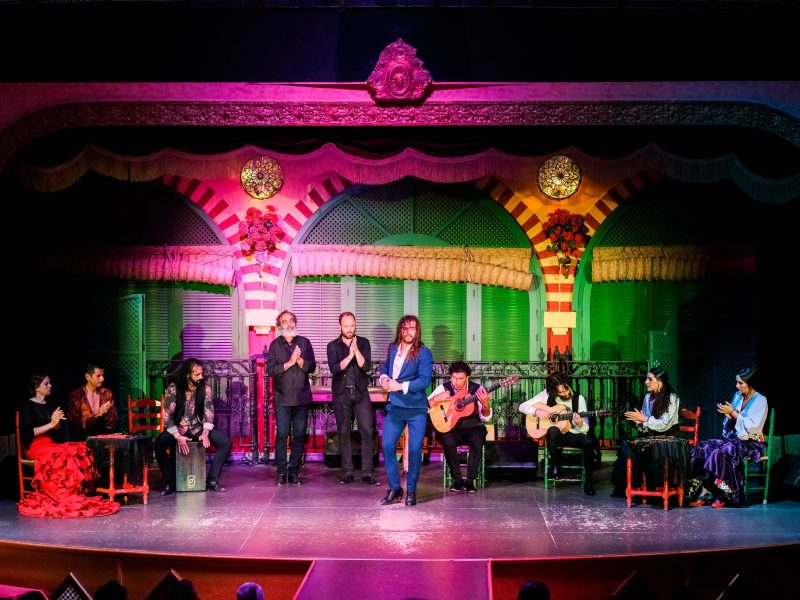
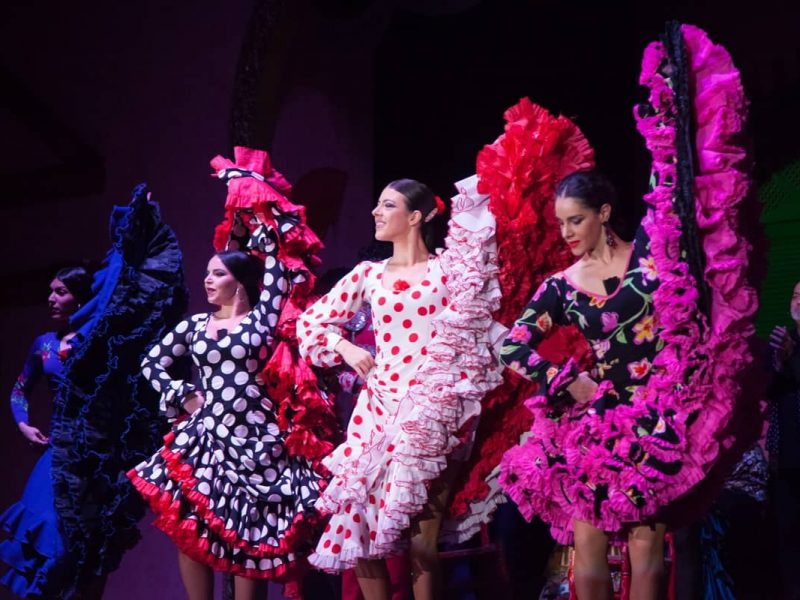
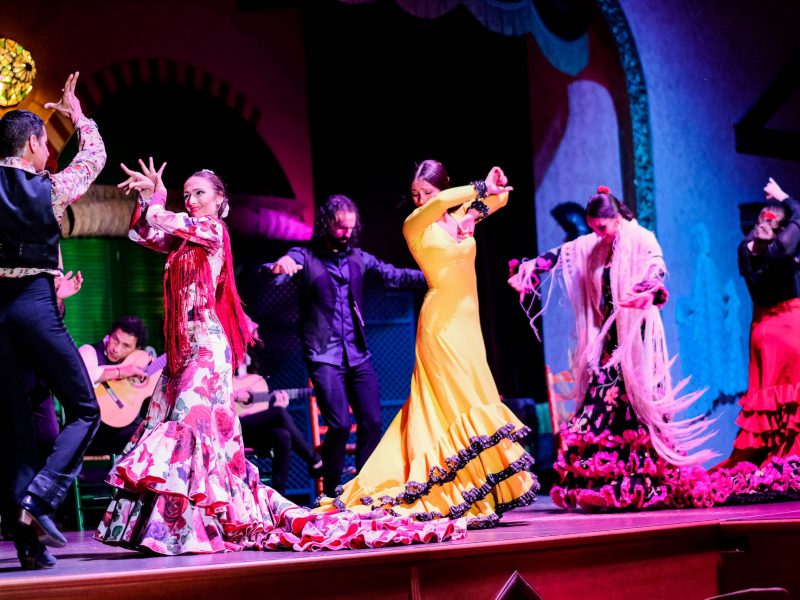
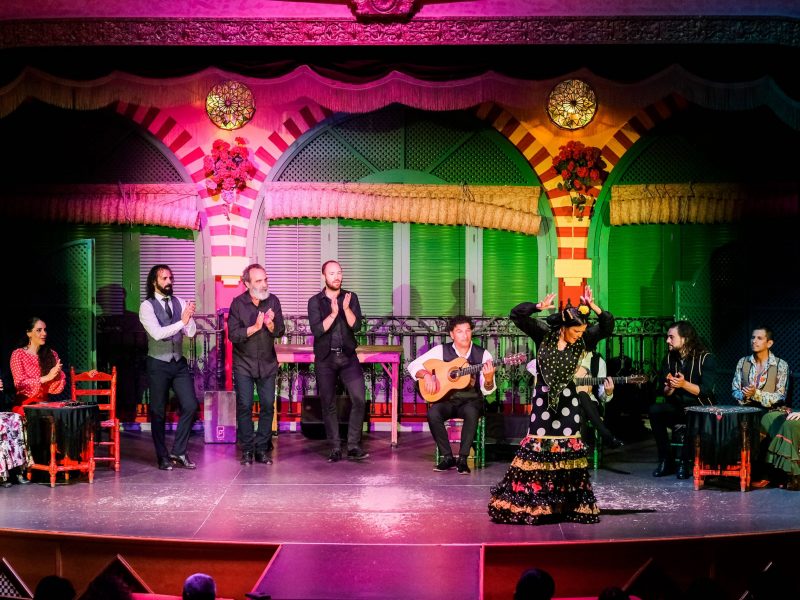

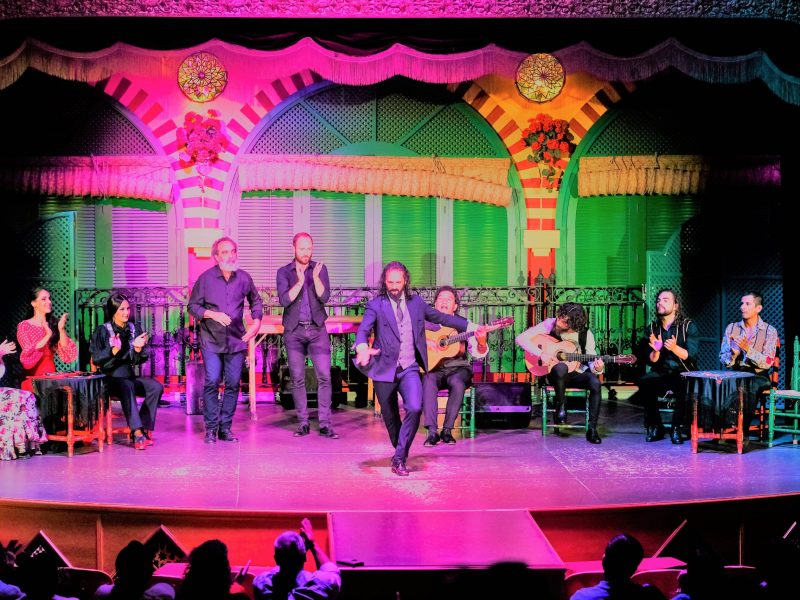
A FLAMENCO SHOW IN THE BEST TABLAO IN SEVILLE
Selected by the Spanish national television network for international diffusion of this art form.
Seville is the birthplace of flamenco. You can enjoy this art at El Palacio Andaluz, the most emblematic flamenco tablao in the city. What do we offer? A unique show, full of passion, boldness and rhythm, strength and talent.
Live singing, dancing and guitar playing. Pure emotion on the stage with a show that presents the distinct flamenco styles and includes a traditional flamenco adaptation of Bizet’s opera ‘Carmen’.
this show was
chosen thanks to its visual quality and
artistic value
An hour and a half performance that bears the signature of Emilio Ramírez, ‘El Duende’, the lead male dancer, choreographer and artistic director of this show that is full of passion and emotion.
This show has been chosen by Televisión Española to promote and disseminate flamenco on a national and international level, thanks to its visual quality, artistic value and ability to serve as a model of the most deeply rooted Spanish popular culture.
You will not see a flamenco show like it anywhere else in Seville
The lights are turned on and the artists enter the tablao to the rhythm of alegrías. The dancers appear in their spectacular batas de cola. Moving them requires a refined technique, a skill that our artists possess, as they demonstrate on the tablao.
Displaying an unmistakable style and unparalleled talent, they add to the movement of the bata de cola, the fan and castanets, while the dancers complete the staging with their particular heels and movements.
The flamenco shawl is also present in the tablao, an element that gives elegance and beauty to the dance, thanks to the movements of the dancer.
It is not easy to achieve this beauty, as it requires a good technique.
It is not simply a matter of shaking the shawl, but rather it must be done in rhythm and the shawl must be an extension of the dancer’s body. The shawl must dance with the movement of the artist’s arms with the right rhythm and strength.
Depending on the palo to be performed, the accent of the movement varies.
Then, our artists perform some of the most representative flamenco styles of pure and traditional dance: soleá por bulería, fandango, tiento, guajira…, giving free rein to their talent.
It is then when one of the most magical moments of the show takes place. The flamenco guitar bursts in accompanied by the peculiar sound of the castanets.
A piece performed by a guitarist and a dancer, a dialogue between these two instruments that create a unique atmosphere full of feeling.
In the next show, flamenco gives way to Spanish classics. Capotes and fans fill the tablao and a fragment of the well-known opera “Carmen”, by Bizet, one of the works most adapted to flamenco because of its aesthetics and plot, begins.
On this occasion several scenes are represented: the fight of the protagonist Carmen with the cigarette seller and the soldiers; a pas de deux between José, the soldier, another of the protagonists, and Carmen; the mythical scene of the bullfighter and Carmen and a final apotheosis, with the whole cast of artists on the boards. A tribute to the Spanish Classical Ballet, a bastion of tradition and culture.
Normally, the concept of classical Spanish ballet is usually identified with flamenco dance. In fact, Spanish classical music has adapted quite well to this genre, with pieces by different authors, such as Manuel de Falla, Maestro Jimenez and, of course, Georges Bizet, with ‘Carmen’.
After the performance of this piece, begins a brief journey through the roots of flamenco, in which a soleá, tangos de Málaga, farruca, cantiña and even caracoles, one of the oldest and unknown palos for the public, will be performed. Moments in which the artists leave their most personal mark on stage.
With all the artists on stage, some tangos from Triana begin to play, and the cast is carried away by their feelings. It is time for improvisation.
And with this we give way to one of the most awaited and applauded moments by the audience: a standing solo in which the main dancer dances on a table, followed by a duet with a flamenco cajón in which he plays to the sound of the dancer’s footwork, a unique moment to appreciate the richness of the flamenco rhythm.
The flamenco continues with a martinete and seguiriyas, flamenco styles that anticipate the typical and most recognised dance of Seville, the sevillanas, which give way, to finish, to the end of the party in the purest flamenco style with a bulería performed by all the artists.
A style in which the joy, the hubbub and the hullabaloo put an end to a unique flamenco show, full of art and feeling.


